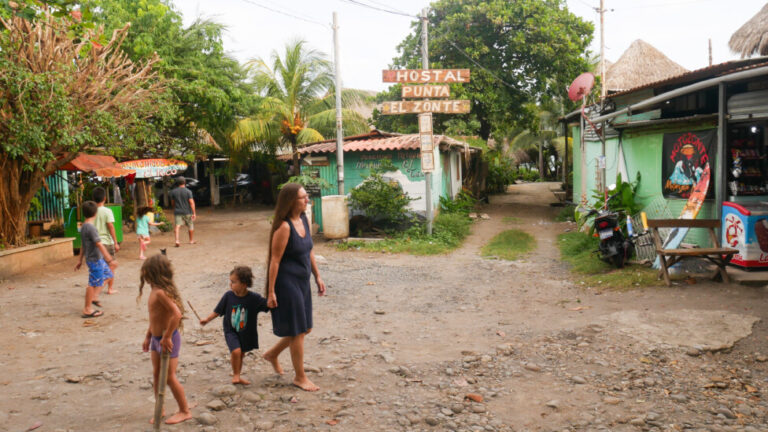LAGOS, Nigeria, Sept. 07, 2022 (GLOBE NEWSWIRE) — Emirate Lithium & Geominerals Limited ("Emirate Lithium" or the "Company"), a subsidiary of Emirate Group focused on the exploration, mining, trading and exporting of solid mineral ores, including lithium spodumene, tin, columbite, zircon sand (brown), monazite and tantalite to Europe and Asia, announced today that it has signed contracts with AGVision Mining Limited ("AG Vision") to carry out pre–feasibility studies for its licensed Iwajowa and Kaima lithium projects located within the known pegmatite belt in southwestern and north–central Nigeria. The Nigerian Geological Survey Agency, the Federal Nigerian agency charged with developing geo–science data, is currently carrying out several early–stage exploration programs within Nigeria's pegmatite belt.
AGVision was founded by a group of Nigerian engineering, procurement, and construction managers and a world–leading Australian geological, geophysical, and geospatial company "" International Geoscience Pty Limited. International Geoscience is led by Dr. Warwick Crowe, a globally recognized structural geologist and one of the world's foremost experts on Nigeria's economic geology. AGVision delivers the Australian Joint Ore Reserves Committee (JORC) reporting standards in its various exploratory activities and reporting.
"This is an important milestone for Emirate Lithium, setting the stage for the next phase of our corporate evolution," said Lanre Afebuameh, Founder and CEO of Emirate Lithium. "While the pre–feasibility studies are conducted over the next several months, our team will continue to focus on our current surface mining operations, which have yielded average annual export volume of $4.5 million and approximately 6% spodumene concentrations since launching in 2020."
While Emirate Lithium's exports have primarily targeted Asia, the Company anticipates increased demand for its high–grade ore from European electric vehicle and battery manufacturers.
About Emirate Lithium
Emirate Lithium was incorporated in 2017 and commenced operations in 2018 as a mining, minerals, processing, and export company. The Company commenced open pit mining (surface mining) operations working with artisanal and small–scale operators in 2020 to establish lithium ore–grade quantities and build customer demand. Emirate Lithium currently has 27 minerals exploration licenses acquired from the Nigerian Minerals Cadatral Office ("MCO"). Six of the 27 licenses are for lithium, making the Company a major holder of lithium assets in Sub–Sahara Africa, with Emirate Lithium poised to become the largest holder of lithium assets in the continent.
Cautionary Note Regarding Forward–Looking Statements
This news release includes certain “forward–looking statements” for the purpose of providing information about management's current expectations and plans relating to the future. Forward–looking statements are based upon a number of estimates and assumptions that, while considered reasonable, are subject to known and unknown risks, uncertainties and other factors which may cause the actual results and future events to differ materially from those expressed or implied by such forward–looking statements. Such factors include, but are not limited to: general business, economic, competitive, political and social uncertainties. There can be no assurance that such statements will prove to be accurate, as actual results and future events could differ materially from those anticipated in such statements. Accordingly, readers should not place undue reliance on forward–looking statements. Emirate Lithium disclaims any intention or obligation to update or revise any forward–looking statements, whether as a result of new information, future events or otherwise, except as required by law.
Contact
Dave Gentry, CEO
RedChip Companies, Inc.
1–800–Red–Chip (733–2441)
emirate@redchip.com












